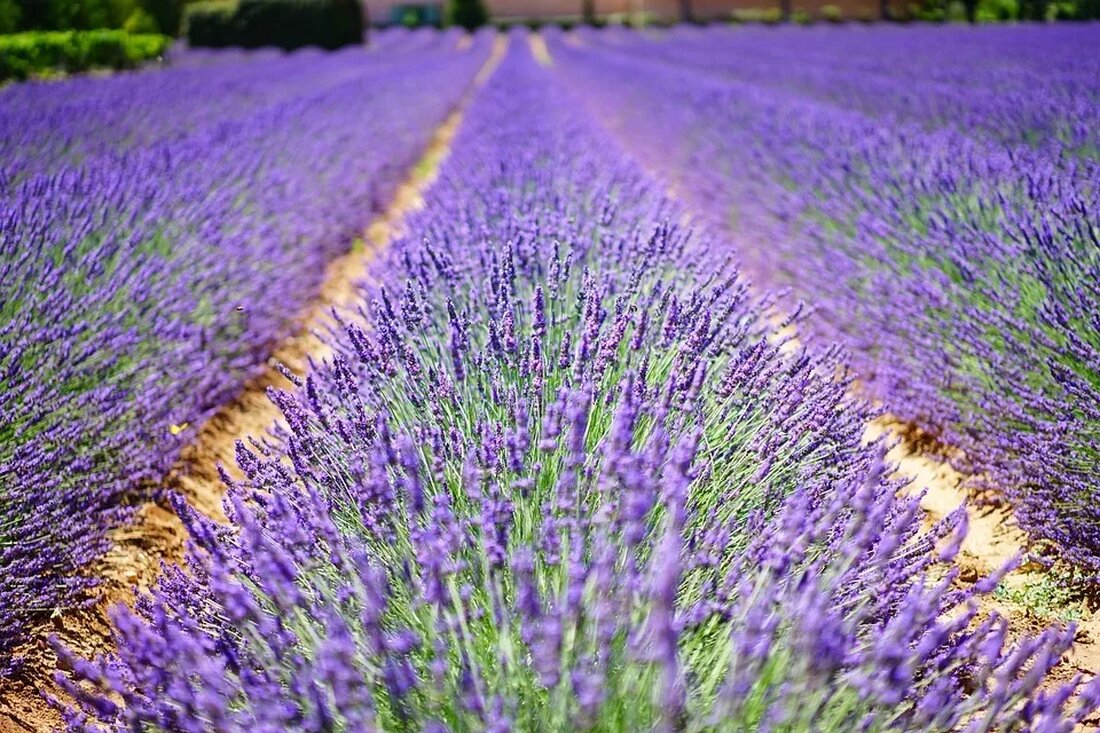Medicinal plants for gynecology
Medicinal plants for gynecology The use of medicinal plants for gynecology has a long tradition and is used worldwide. Many plants contain natural active ingredients that can relieve specific ailments and diseases related to the female body. This article introduces some of the most important medicinal plants for gynecology and explains their possible uses. Monk's pepper (Vitex agnus-castus) Monk's pepper is one of the best-known medicinal plants for gynecology. It is used to regulate the female hormonal balance and can help with cycle disorders, PMS symptoms and irregular menstruation. Chasteberry is often taken as a tincture or capsule. Black cohosh (Cimicifuga racemosa) Black cohosh is a medicinal plant that...

Medicinal plants for gynecology
Medicinal plants for gynecology
The use of medicinal plants for gynecology has a long tradition and is used worldwide. Many plants contain natural active ingredients that can relieve specific ailments and diseases related to the female body. This article introduces some of the most important medicinal plants for gynecology and explains their possible uses.
Monk's pepper (Vitex agnus-castus)
Monk's pepper is one of the best-known medicinal plants for gynecology. It is used to regulate the female hormonal balance and can help with cycle disorders, PMS symptoms and irregular menstruation. Chasteberry is often taken as a tincture or capsule.
Black cohosh (Cimicifuga racemosa)
Black cohosh is a medicinal plant that is primarily used during menopause. It contains substances that have a similar effect to estrogen and can therefore relieve hot flashes, sweating and sleep disorders. The root of the plant is usually used as an extract.
Lady's Mantle (Alchemilla vulgaris)
Lady's mantle is another popular medicinal plant for women. It contains tannins that have anti-inflammatory and astringent effects. Lady's mantle tea is often used for menstrual cramps and to support the uterus. It can also help with irregular cycles and PMS symptoms.
St. John's wort (Hypericum perforatum)
St. John's wort is a versatile medicinal plant that is also used in gynecology. It contains, among other things, hyperforin and hypericin, which can have a mood-enhancing effect. St. John's wort is often used for depressive moods that are related to hormonal fluctuations.
Yarrow (Achillea millefolium)
Yarrow contains essential oils, flavonoids and bitter substances that have anti-inflammatory and antispasmodic effects. It is often used for menstrual problems, such as severe pain or excessive bleeding. Yarrow can also help with bladder infections.
Lady's root (Angelica sinensis)
Lady's root, also known as dong quai, is a medicinal plant widely used in traditional Chinese medicine. It contains phytoestrogens and is used to regulate the menstrual cycle and relieve menstrual cramps. Lady's root also has an antispasmodic effect and can help with abdominal pain.
Application and precautions
Most medicinal plants for gynecology can be used in different dosage forms, such as tea, tincture, capsule or extract. However, it is important to adhere to the indicated dosage and be aware of possible side effects or interactions with other medications.
Before using medicinal plants for gynecology, it is advisable to consult a doctor or pharmacist, especially if there are pre-existing health problems or the use of other medications. Pregnant women or women who are breastfeeding should also exercise caution and consult a doctor before use.
Conclusion
The use of medicinal plants for gynecology offers a natural alternative to the conventional treatment of many women's complaints. Chasteberry, black cohosh, lady's mantle, St. John's wort, yarrow and lady's root are some of the most important medicinal plants that can relieve specific ailments.
However, it is important to seek professional advice before using medicinal plants and to be aware of possible interactions or side effects. Proper dosage and use of plants should be observed to achieve optimal results.
Sources:
1. National Center for Complementary and Integrative Health. (2019). Black Cohosh. Retrieved from https://nccih.nih.gov/health/blackcohosh/ataglance.htm
2. National Center for Complementary and Integrative Health. (2016). Chasteberry. Retrieved from https://nccih.nih.gov/health/chasteberry/ataglance.htm
3. National Center for Complementary and Integrative Health. (2019). Dong Quai. Retrieved from https://nccih.nih.gov/health/dongquai/ataglance.htm
4. National Center for Complementary and Integrative Health. (2019). St. John's Word. Retrieved from https://nccih.nih.gov/health/stjohnswort/ataglance.htm
5. Women's Health Concern. (2004). Menopause – Herbal remedies for menopausal symptoms. Retrieved from https://www.womens-health-concern.org/help-and-advice/factsheets/menopause-herbal-remedies-menopausal-symptoms/

 Suche
Suche
 Mein Konto
Mein Konto
